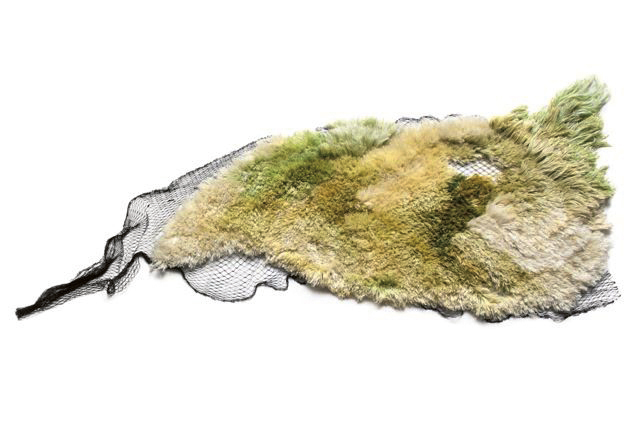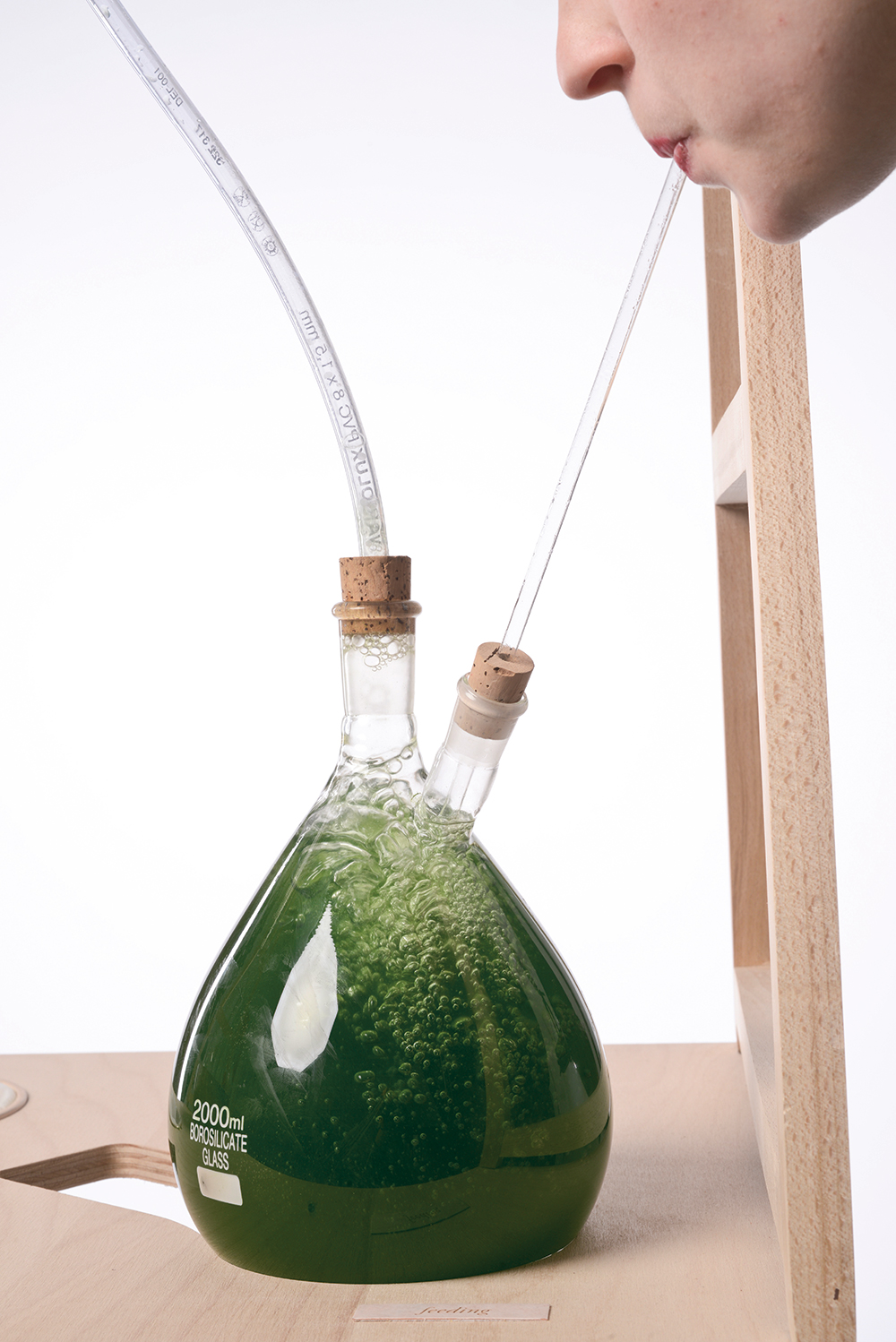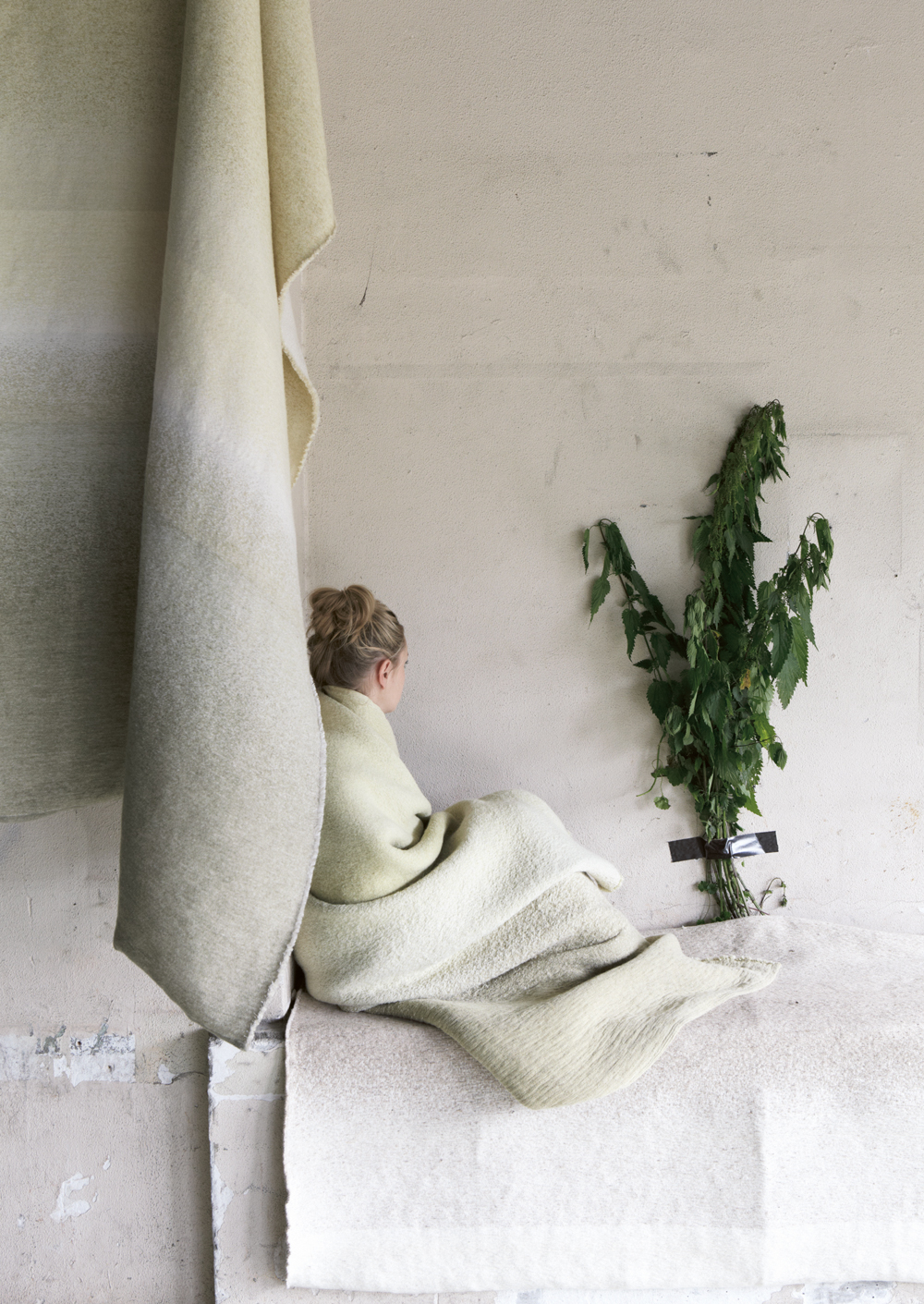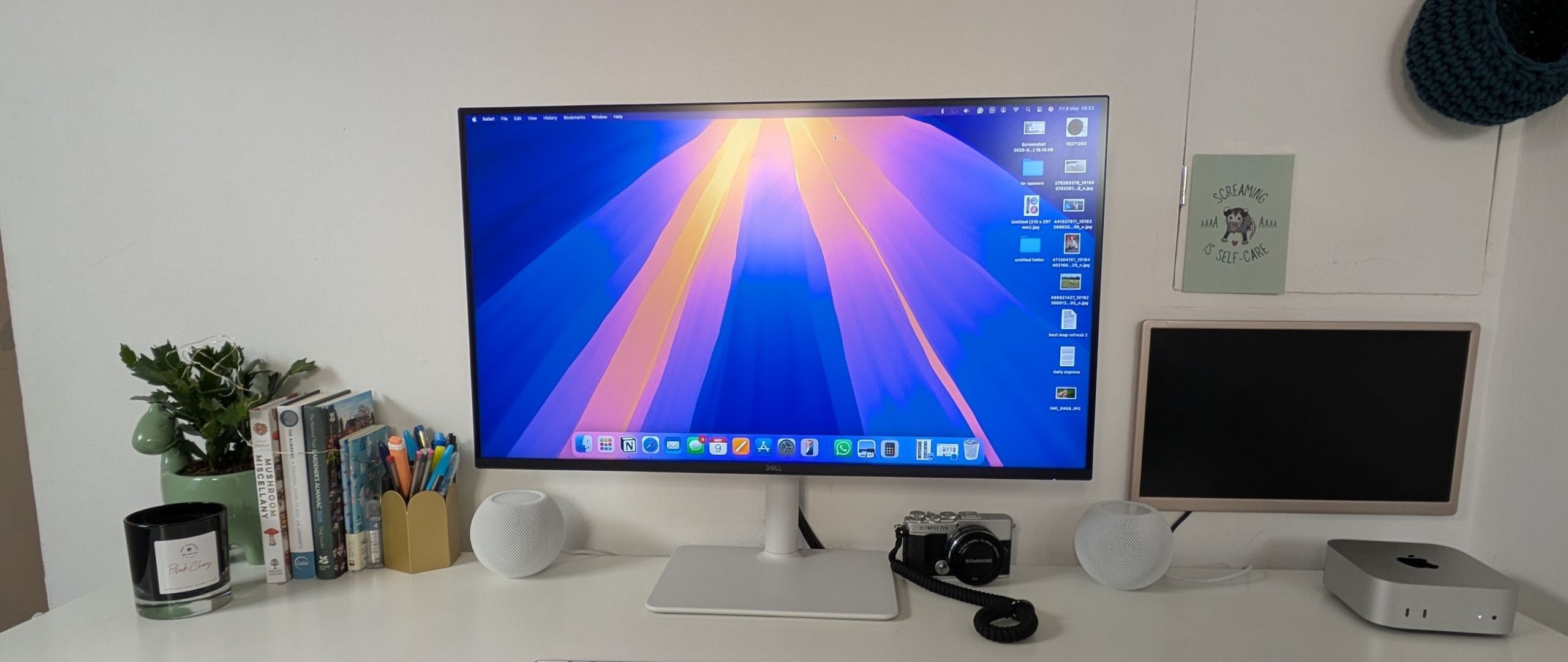The top colour trends for 2017 revealed
Creative consultancy FranklinTill delivers in-depth analysis of the colour palettes for the coming year.

Organic green shades work in synergy with manipulated organic brights, harvested from the collaboration of science and nature by way of processed algae and bioluminescence.
Looking to the biology of nature, designers are increasingly blurring the boundaries between science, technology and the natural world, and repurposing nature’s talents to procure colours and materials that are simultaneously manmade, sustainable and rooted in natural wellbeing.
In a rejection of unnatural and harmful dying techniques, textile designers in particular are turning to the natural world for conscious alternatives. Synthetic brights are replaced by engineered natural alternatives of algae bright greens and subtle dusky yellows.

Driven by a quest to find a sustainable fabric dye solution, Blond and Beiber have created Algaemy, a design laboratory that is investigating the potential of micro algae as a pigment for textile printing. The process does not require any energy apart from the micro algae themselves, from which they are able to extract red, green and brown pigments that can then be mixed up into a printing paste.
Similarly looking to harvest natural dyes, Studio Gutedort has been working with the prolific dandelion. By dismantling the plant into its individual parts before processing, the designers were able to procure a whole spectrum of shades from the abundant plant. A dye bath filled with the flower heads imbued silk with a vibrant yellow shade, while its leaves produced a soft green tint and the roots infused the fibre with delicate beige.

Textile designer Nina Gautier explores the potential of Urtica dioica, otherwise known as the common nettle, once widely used to make natural fibre. Gautier’s URTICA_LAB highlights not only nettle fibre’s potential as a sustainable alternative to cotton, but also catalogues the plant’s wider potential uses as a source of food, medicine and natural dye.
Designers are increasingly procuring fresh and natural shades from organic resources using scientific techniques; neglecting artificial brights for natural luminesces and preserved hues found in flora and fauna.
Get the Creative Bloq Newsletter
Daily design news, reviews, how-tos and more, as picked by the editors.
PANTONE 577 C C35 M2 Y58 K0 PANTONE 574 C C56 M22 Y98 K 72 PANTONE 5517 C C20 M4 Y13 K10 Algaemy by Blond and Beiber Concrete jungle growing jewellery by Studio Gutedort URTICALAB by Nina Gautier URTICALAB by Nina Gautier ART261.
Blue colours define the times we live in on the next page

Thank you for reading 5 articles this month* Join now for unlimited access
Enjoy your first month for just £1 / $1 / €1
*Read 5 free articles per month without a subscription

Join now for unlimited access
Try first month for just £1 / $1 / €1
